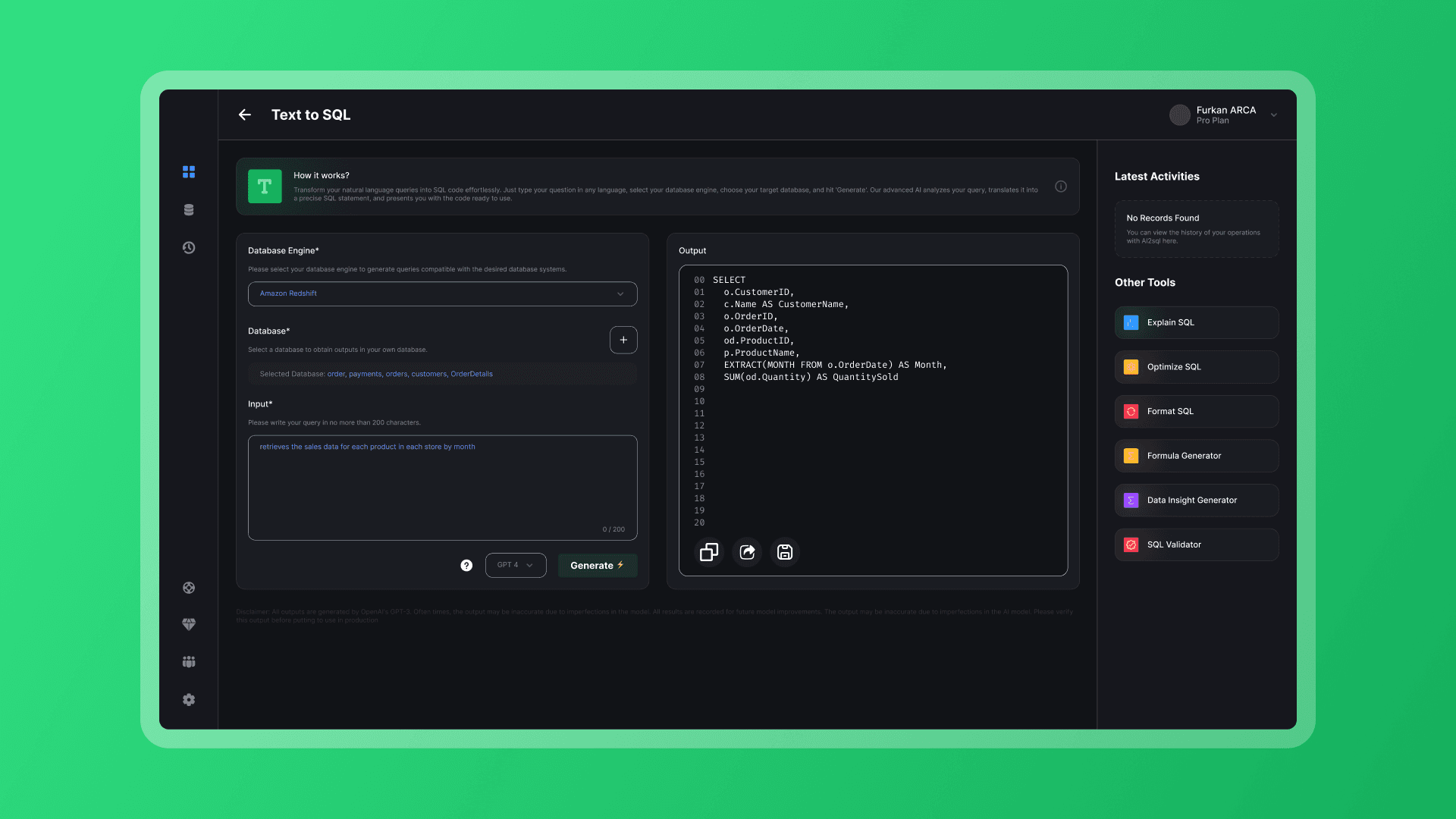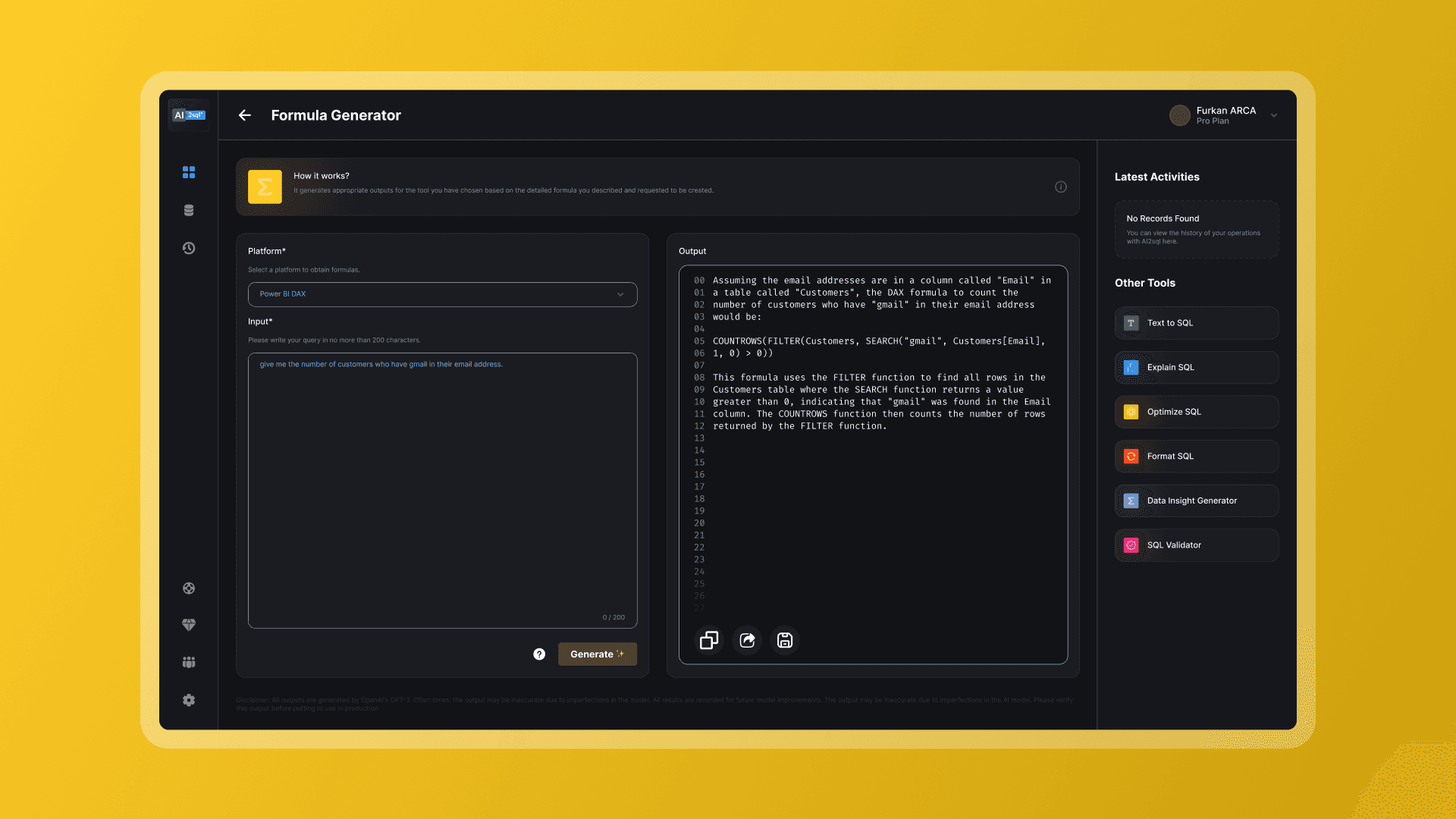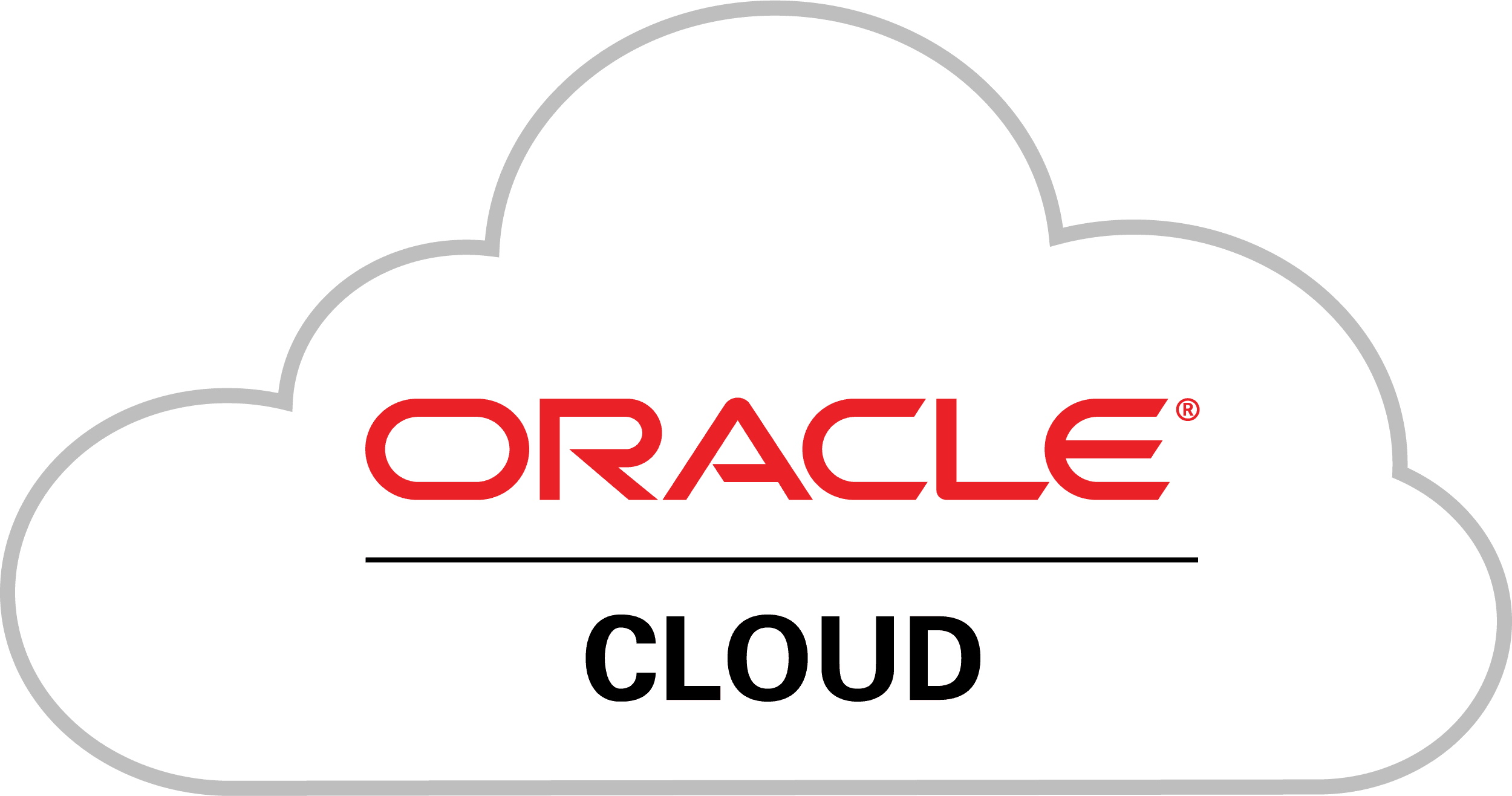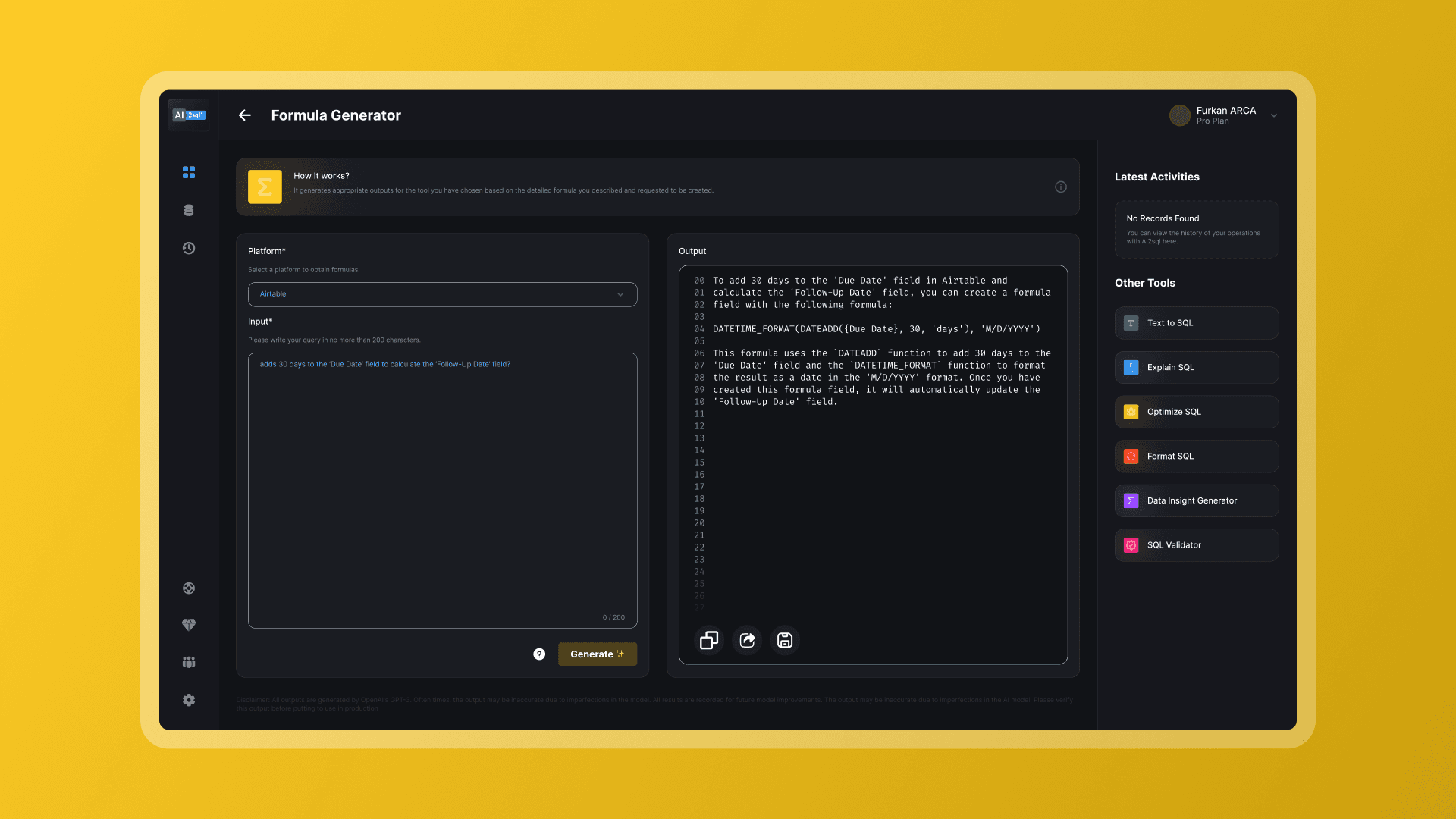TOOLS
Introduction
In today's data-driven world, businesses are generating and analyzing massive amounts of data to gain valuable insights, drive growth, and maintain a competitive edge. One of the most critical components of any data analytics pipeline is a powerful, flexible, and scalable data warehouse. Amazon Redshift, a fully managed cloud-based data warehouse solution, offers a robust platform for storing and analyzing large volumes of structured and semi-structured data. In this blog post, we will explore the key features and benefits of Amazon Redshift, and how it can empower your organization's data analytics journey.
What is Amazon Redshift?
Amazon Redshift is a fully managed, petabyte-scale data warehouse service in the AWS cloud. Designed for high performance and seamless integration with other AWS services, Redshift provides a cost-effective solution for data warehousing and analytics needs. It leverages columnar storage technology and a massively parallel processing (MPP) architecture to deliver lightning-fast query performance on large datasets.
Key Features of Amazon Redshift
Scalability: One of the main benefits of using Redshift is its ability to scale seamlessly as your data needs grow. You can start with a small, single-node cluster and expand to a multi-node cluster with hundreds of nodes, all while maintaining optimal performance. You can also scale your compute and storage resources independently, giving you the flexibility to meet the changing demands of your organization.
Performance: Redshift is designed for speed. With its columnar storage format, data compression, and MPP architecture, it can process complex queries on large datasets at blazing fast speeds. Redshift's query optimizer also leverages machine learning to improve query performance over time.
Security: Redshift offers a variety of security features to help protect your data, including encryption for data at rest and in transit, VPC support, and integration with AWS Identity and Access Management (IAM). Additionally, Redshift is compliant with numerous security standards, ensuring your data is secure and compliant with industry regulations.
Integration: Amazon Redshift is designed to work seamlessly with other AWS services, including AWS Glue for ETL (extract, transform, load) processing, Amazon S3 for data storage, and Amazon QuickSight for data visualization. This integration makes it easy to build an end-to-end data analytics pipeline within the AWS ecosystem.
Cost-effectiveness: With Redshift's pay-as-you-go pricing model, you only pay for the resources you actually use. Redshift also offers features like data lake integration and automatic workload management, which help you optimize your costs while maintaining high performance.
Getting Started with Amazon Redshift
Setting up a Redshift cluster is a simple process that can be completed in just a few steps:
Sign in to the AWS Management Console and navigate to the Amazon Redshift service.
Click "Create cluster" and configure the cluster settings, including node type, number of nodes, and security settings.
Launch the cluster and wait for it to become available.
Connect your preferred SQL client to the Redshift cluster using the provided endpoint.
Start loading data and running queries!
Amazon Redshift Architecture
The architecture of Amazon Redshift comprises two main components: clusters and nodes. A cluster is a collection of nodes, and each node stores a portion of the data in a distributed manner. There are two types of nodes: leader nodes and compute nodes.
Leader Node: The leader node manages and coordinates the compute nodes. It receives SQL queries from client applications, parses and optimizes them, and distributes the work to the compute nodes.
Compute Nodes: Compute nodes store the data and perform the actual data processing. Each compute node has its own CPU, memory, and storage, enabling it to work independently and in parallel with other nodes.
Data Loading and Integration
Amazon Redshift provides multiple methods for loading data into your data warehouse, including:
COPY command: The COPY command allows you to load data directly from Amazon S3, Amazon EMR, Amazon DynamoDB, or other remote hosts using SSH.
AWS Glue: AWS Glue is a fully managed ETL (Extract, Transform, Load) service that can be used to load data from various sources into Amazon Redshift.
Amazon Kinesis Data Firehose: This service can be used to ingest real-time streaming data directly into Amazon Redshift.
Data Pipeline: Data Pipeline is a service that helps you automate the movement and transformation of data between AWS services, including loading data into Amazon Redshift.
Querying and Analyzing Data
Amazon Redshift is compatible with popular SQL-based reporting, analytics, and business intelligence tools, making it easy to query and analyze your data. Some examples include:
Amazon QuickSight: A native AWS business intelligence service that integrates seamlessly with Amazon Redshift for creating interactive visualizations and dashboards.
Tableau: A popular data visualization tool that can connect to Amazon Redshift for real-time analytics.
Power BI: Microsoft's business intelligence platform that supports Amazon Redshift as a data source for creating reports and dashboards.
AI2SQL and Amazon Redshift: A Winning Combination
AI2SQL can significantly enhance your experience with Amazon Redshift by simplifying and streamlining SQL query generation. Here's how AI2SQL can help you work more effectively with Amazon Redshift:
Natural Language Processing (NLP): AI2SQL uses advanced NLP techniques to understand and interpret your natural language requests, making it easy for you to generate SQL queries without requiring extensive SQL knowledge. This saves time and effort while ensuring accurate query generation.
Improved Productivity: With AI2SQL, you can quickly generate complex SQL queries by simply describing your requirements in plain English. This boosts productivity by reducing the time spent on manual query writing and debugging, allowing you to focus on analyzing your data and drawing insights.
Enhanced Collaboration: AI2SQL enables team members with varying SQL expertise to work together more effectively. By bridging the gap between SQL novices and experts, AI2SQL fosters collaboration and ensures that everyone on the team can contribute to the data analysis process.
Seamless Integration: AI2SQL can be easily integrated with Amazon Redshift, enabling you to generate SQL queries directly within your Redshift environment. This seamless integration ensures a smooth workflow and enhances the overall user experience.
In summary, incorporating AI2SQL into your Amazon Redshift workflow can unlock new levels of efficiency and collaboration for your team, ultimately leading to better data-driven decision-making for your organization.
7 Days Free Trial
Learn more about how AI2sql can help you generate your SQL queries and save time!






